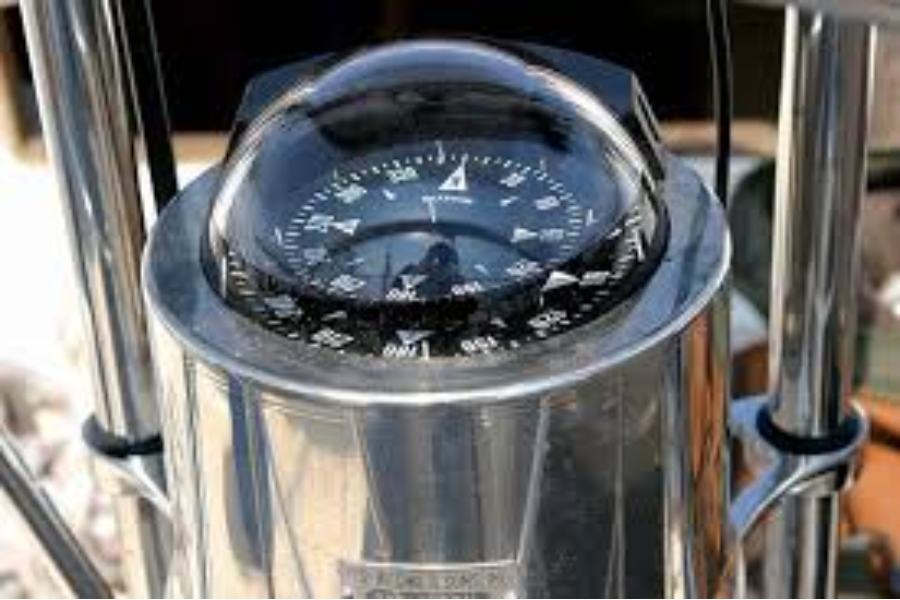Modern technology has transformed the way we travel and explore the seas. GPS systems, digital maps, and navigation apps make it easier than ever to plan routes and track positions. However, despite all these advancements, one traditional tool still remains essential on every boat: the navigation compass.
Reliable, simple, and independent of batteries or signals, a compass ensures that you always know your direction, even when modern electronics fail.
Why Every Boat Needs a Navigation Compass
Out on the water, losing your sense of direction can happen faster than you think. Unlike on land, there are no road signs, buildings, or familiar landmarks to guide you. If your GPS stops working due to poor signal, dead batteries, or equipment failure, a navigation compass for boats becomes your most dependable backup.
With just a quick glance, you can confirm your heading and maintain your course, whether you are navigating along the coast, crossing a lake, or venturing offshore.
The Benefits of Using a Compass on Board
- Reliability – A compass does not depend on satellites, electricity, or mobile networks. It will always point north, regardless of weather or technical problems.
- Safety – Knowing your heading at all times reduces the risk of drifting off course or getting lost at sea.
- Precision – Compasses are designed to work accurately even in challenging conditions, making them ideal for long voyages.
- Independence from Electronics – While GPS is useful, it is not foolproof. A compass ensures that you always have a backup navigation tool.
Different Types of Marine Compasses
When choosing a navigation compass for your boat, it’s important to understand the different types available:
- Magnetic Compass: The most traditional type, which uses the Earth’s magnetic field to indicate direction. Simple and effective, it is a must-have on any boat.
- Gyro Compass: Often used on larger vessels, it relies on a fast-spinning wheel and the Earth’s rotation to find true north.
- Digital Compass: Modern compasses that display headings electronically, often integrated into other navigation equipment.
For most recreational boaters, a magnetic marine compass is the best and most practical option.
How to Use a Navigation Compass Effectively
- Mount it Correctly – Compasses should be installed in a stable position, away from magnetic interference (like radios or speakers).
- Learn Basic Bearings – Understanding how to read degrees (0° = North, 90° = East, 180° = South, 270° = West) makes it easier to follow a course.
- Combine with Charts – A compass works best when paired with nautical charts. This allows you to plan routes and measure bearings accurately.
- Regular Calibration – Marine compasses should be checked and adjusted to ensure accuracy, especially if you install new electronic equipment on your boat.
Enhancing Safety and Confidence at Sea
A navigation compass not only improves safety but also boosts confidence. Knowing your precise direction helps you make smarter decisions, especially when visibility is low or when you are far from shore.
For example, if fog suddenly reduces your view, a compass ensures you stay on course instead of drifting aimlessly. Similarly, in emergency situations, it can guide you back toward the coast or a safe harbor.
Conclusion
While modern GPS systems are convenient, a navigation compass remains an irreplaceable tool for boaters. It is simple, effective, and always reliable—qualities that can make all the difference when you are out at sea.
👉 To equip your boat with a high-quality compass, explore this selection of navigation compasses for boats and make your next journey safer and more enjoyable.

